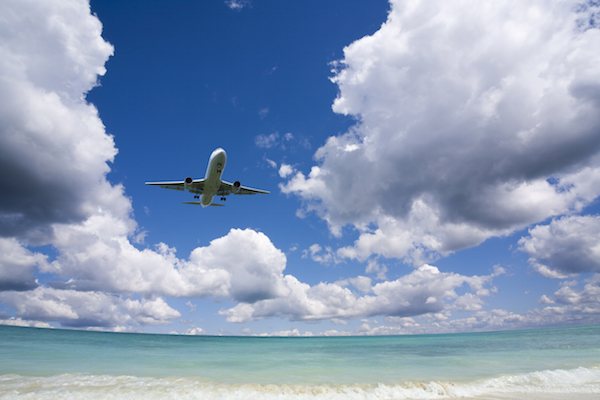Leaving on a jet plane
As yachts get bigger they need more crew, and planning their time off gets increasingly complex. So how do the captains and managers do it? We speak to them to find out.…

As yachts get bigger they need more crew, and planning their time off gets increasingly complex. So how do the captains and managers do it?
“Realistically speaking, crewmembers rarely take holidays during the summer season. If the yacht stays in the Mediterranean during the winter it is usually an ideal time to take their days,” explains Esther Delamare, crew specialist at Hill Robinson, who adds that most crew on a permanent contract can expect to have around 38 days’ leave per year.
Delamare adds that, while employment agreements regarding crew leave are dictated by flag, within this, time off for crew is normally established by heads of department and then signed off by the captain, so we spoke to a number of captains in the Hill Robinson fleet to see how they manage crew leave.
“All crew on this yacht are now on rotation,” explains Captain Malcolm Jacotine (68m motoryacht). “I proposed the system after a busy summer, it was accepted by the owner and successfully implemented,” he explains. “It has turned out to be a highly effective way of managing crew leave as the system ensures the yacht is fully manned at all times, allows crew to plan their leave in advance and helps with crew retention.”
- Captain Malcolm Jacotine, 68m motoryacht
Prior to the rotation system, Captain Jacotine explains it was difficult to plan crew leave, which often involved employing temporary crew, which in turn leads to added operational costs (an interesting fact to bear in mind when owners resist rotation due to extra costs).
Cost is an important factor. The captain of a 75m motoryacht adds that on his boat only the engineers are on rotation and for the rest of the crew time off is usually dictated by guest operations and agreed with management. “A very large part of the annual crew leave budget is spent on changes and modifications,” he explains (another factor worth bearing in mind for owners who aren’t keen to implement rotation on board). This captain hopes things will change slightly in the future, however. “The future aim is to have a structured leave system in order to have the yacht fully manned year round,” he adds.
Amid increasing regulations – particularly the Maritime Labour Convention, 2006 (MLC), there is more red tape surrounding crew leave. “The MLC says that crew cannot stay on board for more than 11 months at one one and have to use their leave before the anniversary of their first official day of employment,” advises Elena Weingarten, yacht manager at Hill Robinson.
We’d be interested to hear how leave is managed on your yacht, or how you think it should be managed. Please share your thoughts in the comment section below or email editor Lulu Trask at lulu@thesuperyachtgroup.com.
NEW: Sign up for SuperyachtNewsweek!
Get the latest weekly news, in-depth reports, intelligence, and strategic insights, delivered directly from The Superyacht Group's editors and market analysts.
Stay at the forefront of the superyacht industry with SuperyachtNewsweek
Click here to become part of The Superyacht Group community, and join us in our mission to make this industry accessible to all, and prosperous for the long-term. We are offering access to the superyacht industry’s most comprehensive and longstanding archive of business-critical information, as well as a comprehensive, real-time superyacht fleet database, for just £10 per month, because we are One Industry with One Mission. Sign up here.
NEW: Sign up for
SuperyachtNewsweek!
Get the latest weekly news, in-depth reports, intelligence, and strategic insights, delivered directly from The Superyacht Group's editors and market analysts.
Stay at the forefront of the superyacht industry with SuperyachtNewsweek



